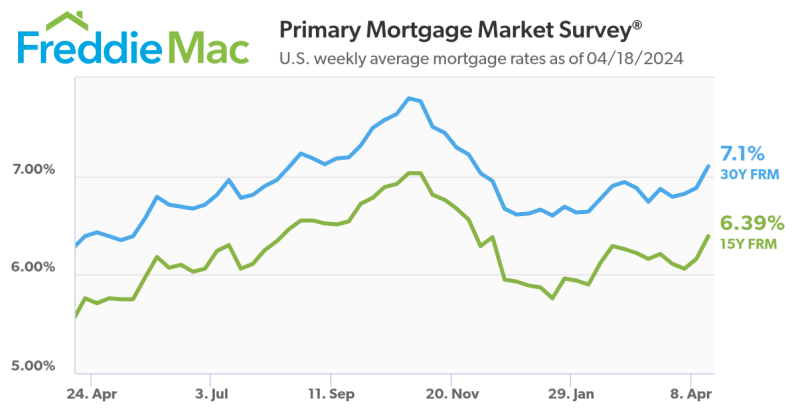Fannie Mae Reaps $1.9B Q1 Harvest

The first quarter of this year was very, very good for Fannie Mae: The government-sponsored enterprise (GSE) reported net income of $1.9 billion–up from $1.3 billion in the fourth quarter of 2014–and comprehensive income of $1.8 billion–also up from $1.3 billion in the previous quarter. Fannie Mae’s positive net worth of $3.6 billion as of March 31 resulted in a dividend obligation to U.S. Department of Treasury of $1.8 billion, which it expects to pay in June 2015.
“This was another quarter of strong financial performance,” said Timothy J. Mayopoulos, Fannie Mae’s president and chief executive officer. “We continued to have solid revenues. While we experienced some interest rate volatility again this quarter, we expect to remain profitable on an annual basis for the foreseeable future, we continued to make progress against our goals, and we are managing the company on a basis that produces good economic value for the taxpayer. We are focused on delivering value to our business partners and making it simpler and easier for lenders to serve the housing market safely, efficiently, and profitably.”
However, on a year-over-year basis, Fannie Mae is far below its first quarter 2014 levels of $5.4 billion in net income and $5.7 billion in comprehensive income. Fannie Mae’s strong quarter-over-quarter and weak year-over-year performance echoed Tuesday’s first quarter earnings report from Freddie Mac, which generated a quarterly net income of $524 million, which was up from the fourth quarter of 2014’s $227 million but down dramatically from the $4 billion in the first quarter of 2014. Freddie Mac said it would send the U.S. Treasury $746 million in June, the smallest dividend payment back to the government since 2009.
“Fannie Mae expects to remain profitable on an annual basis for the foreseeable future,” said Fannie Mae in its earnings report. “However, the company expects its earnings in 2015 and future years will be substantially lower than its earnings for 2014, due primarily to the company’s expectation of substantially lower income from resolution agreements, continued declines in net interest income from its retained mortgage portfolio assets, and lower credit-related income. In addition, certain factors, such as changes in interest rates or home prices, could result in significant volatility in the company’s financial results from quarter to quarter or year to year.”





